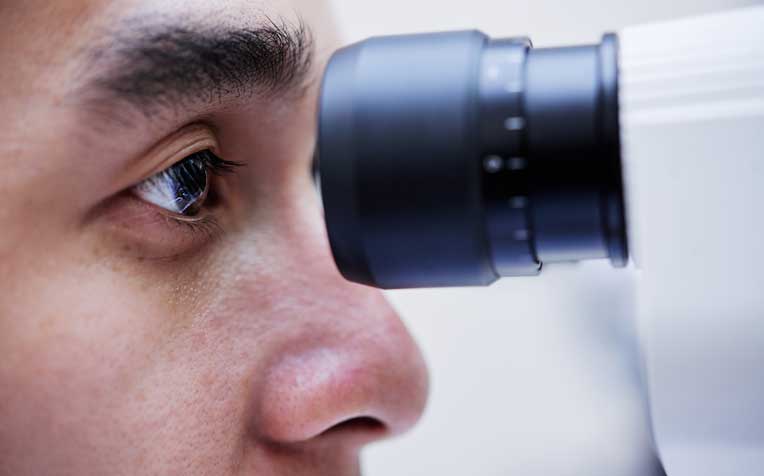
Check your eyes regularly if you have diabetes.
Information provided by the Medical Retina & Surgical Retina department, Singapore National Eye Centre (SNEC), a member of the SingHealth group.
What is diabetic retinopathy?
The retina is the layer that lines the inside of the back of the eye. The function of the retina is very much like the film in a camera. It contains millions of light-sensing cells that detect the images we see. Diabetes can cause damage to the retina, causing loss of vision due to swelling of the retina, insufficient blood supply to the retina cells, bleeding inside the eye or scarring and detachment of the retina.
Causes
Diabetes damages the small blood vessels in the retina over time. These small blood vessels can leak, causing swelling of the retina. They can also become blocked, causing the retina to react by trying to grow new blood vessels. These abnormal and fragile new vessels bleed into the cavity of the eye. Scars can form from these new vessels which then pull on the retina and cause it to detach. All these factors can lead to severe and permanent vision loss.
Symptoms
The symptoms of diabetic retinopathy include:
- Blurred vision
- Dark clouds in your field of vision due to bleeding inside the eye
Patients usually have no symptoms – vision is perfectly normal – in the early stages of diabetic retinopathy. Once vision is affected, the diabetic retinopathy is usually severe.
Risk factors
The risk of diabetic retinopathy increases with the duration of diabetes. Important risk factors that worsen diabetic retinopathy include:
- Poor blood sugar control
- High blood pressure
- High cholesterol
- Pregnancy
- Smoking
- Kidney failure
Prevention
If you have diabetes, you should control your blood sugar level, blood pressure and cholesterol to reduce the risk of diabetic retinopathy. Unfortunately, good glucose control does not wholly eliminate the risk of diabetic retinopathy. Since diabetic retinopathy usually does not have any symptoms in the beginning, it is very important for all diabetics to have their eyes checked every year. This can be done by your doctor or by having a photograph taken of the retina.
Diagnosis
Your doctor can make the diagnosis of diabetic retinopathy by examining your eyes with special instruments and lenses. Taking photographs of the retina is a helpful way of detecting and assessing diabetic retinopathy.
Treatment
Laser treatment is required if the retinopathy becomes severe. Laser burns are used to treat swollen areas of the retina. They are also applied to areas of the retina damaged by poor blood supply to stop abnormal new blood vessels from growing. Laser treatment is usually carried out in an outpatient setting. Multiple sessions of treatment are usually necessary.
Other surgical procedures such as vitrectomy may be required in advanced cases where there is bleeding in the eye, scar tissue formation and retinal detachment. Surgery is the last resort to save the eye. Medicines may be injected into the eye to control swelling or new vessel growth in some cases.
Regular eye exams are required after treatment as retinopathy is a long-term condition. The aim of treatment is to stabilise the retinopathy and prevent the worsening of vision over a period of time. Unfortunately, the damage that has already occurred can be permanent.
80 per cent* of people with longstanding diabetes will develop diabetic retinopathy. If you have diabetes, have your eyes checked yearly.
*Based on a 2001 study by Singapore Eye Research Institute (SERI).
Ref: U11
Contributed by

















 Get it on Google Play
Get it on Google Play